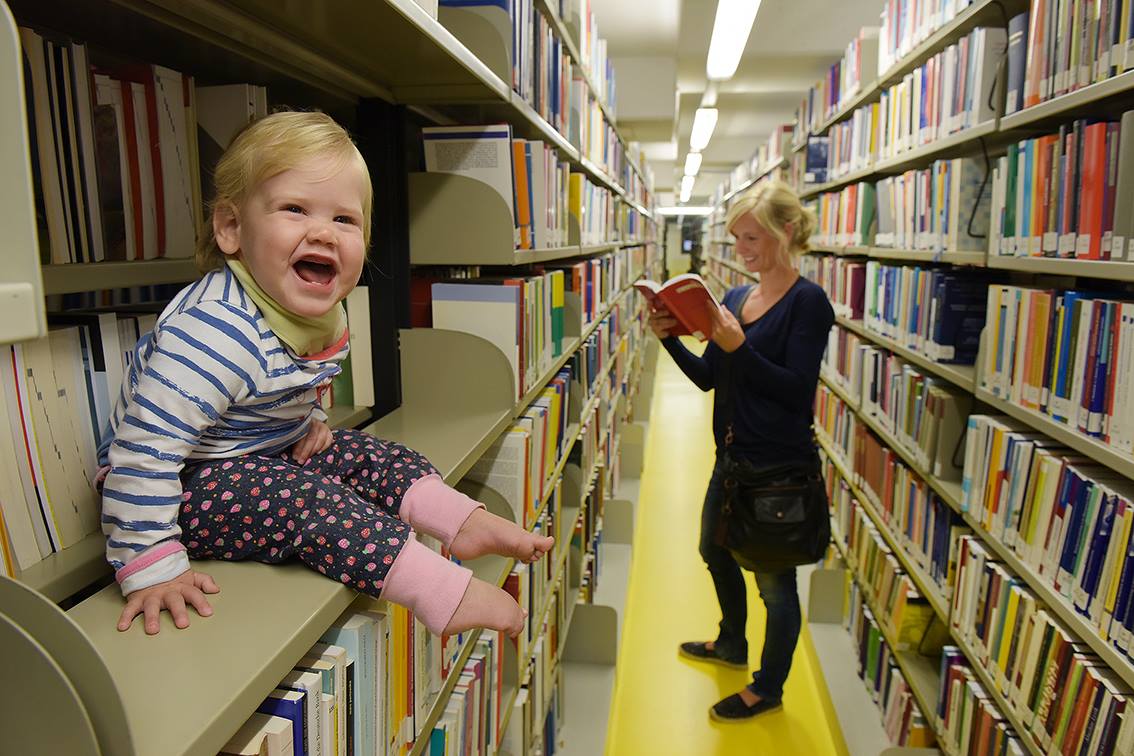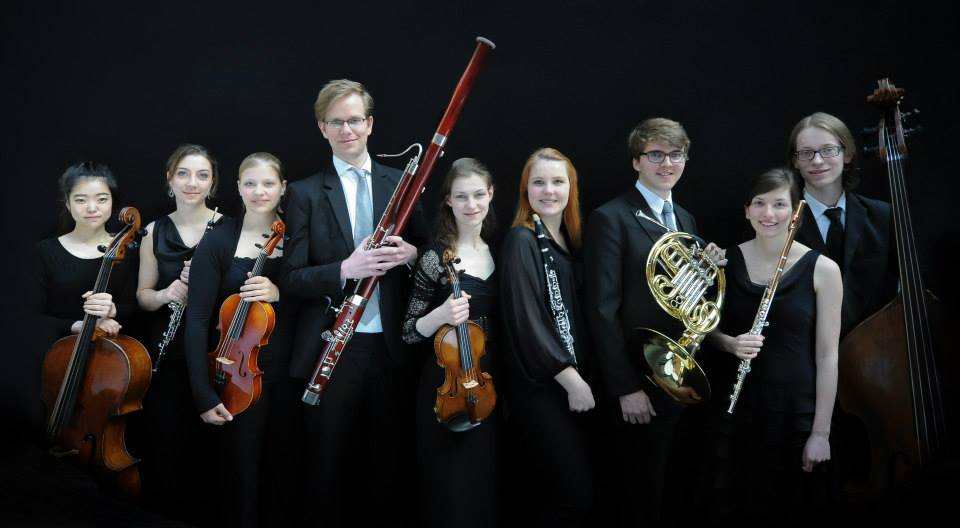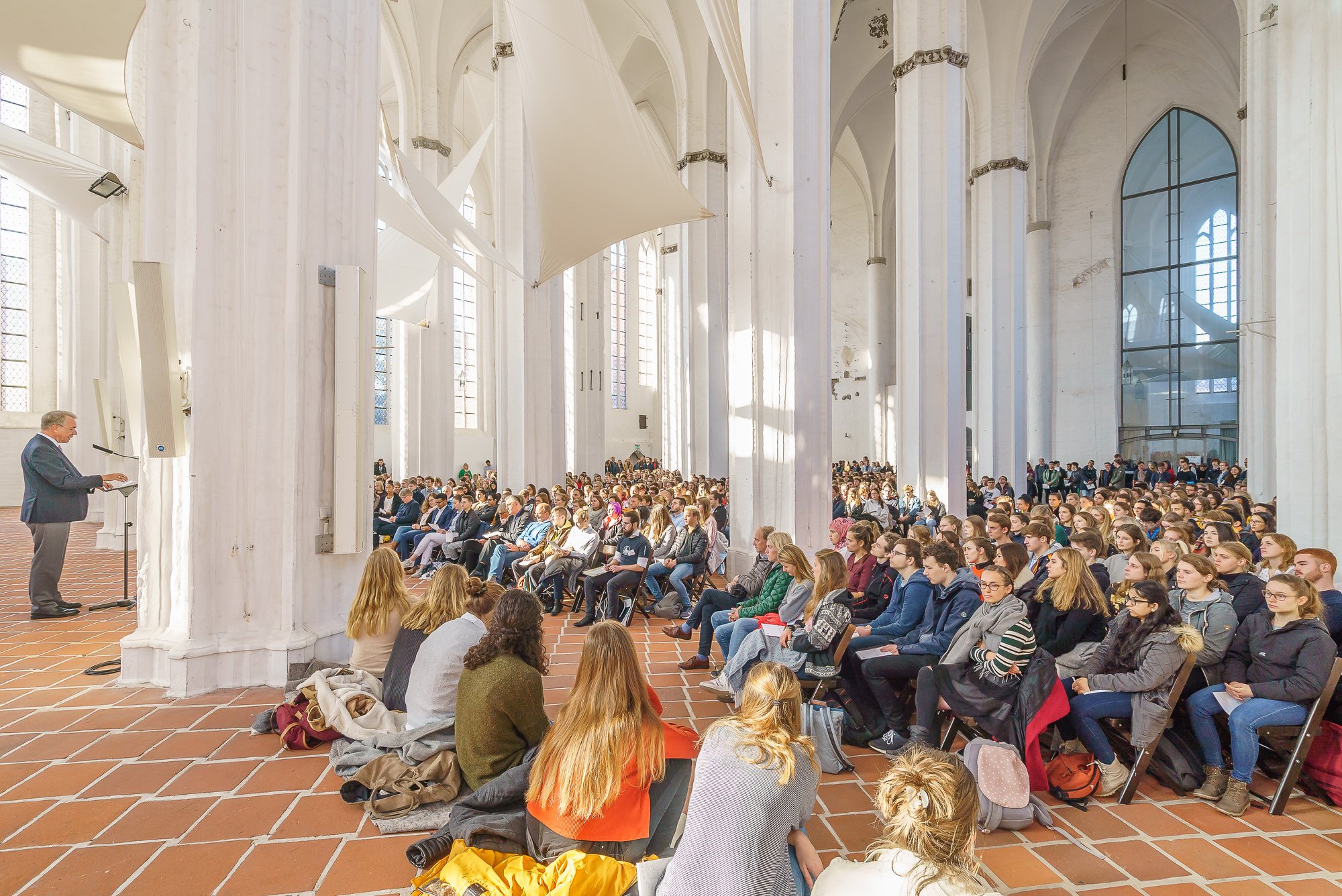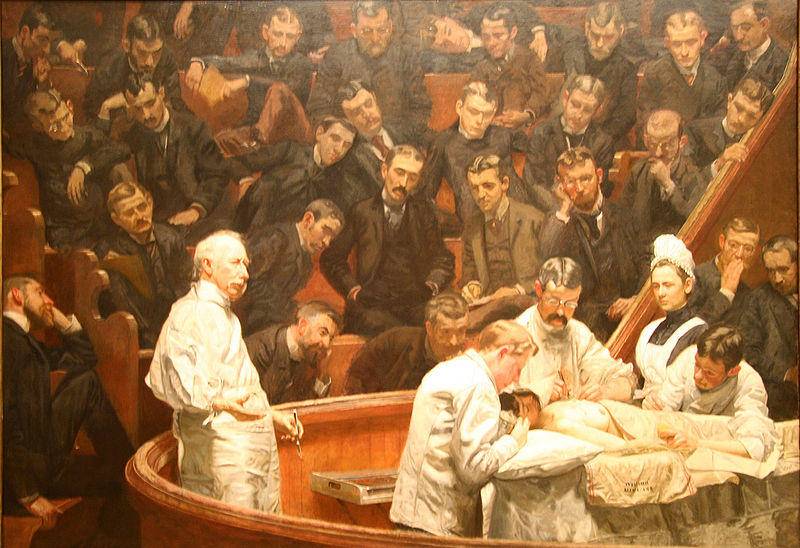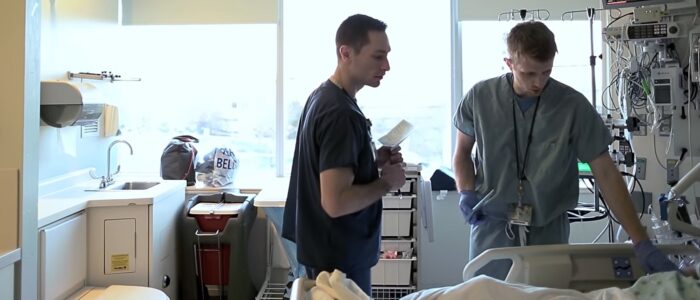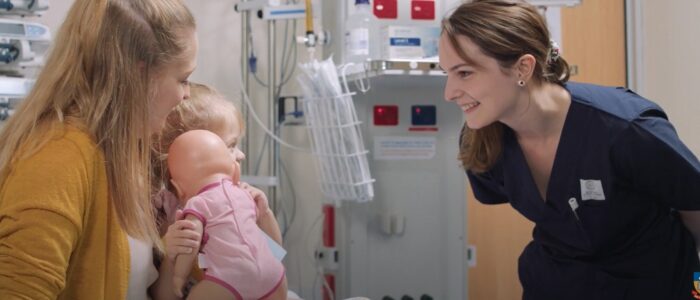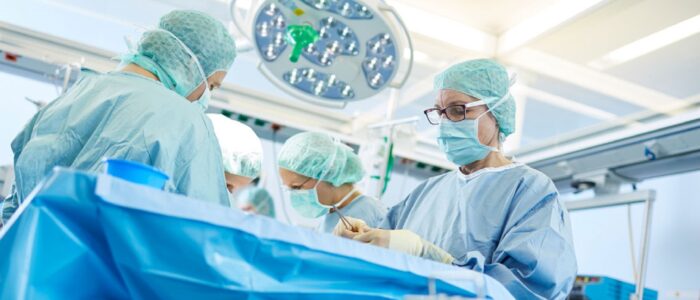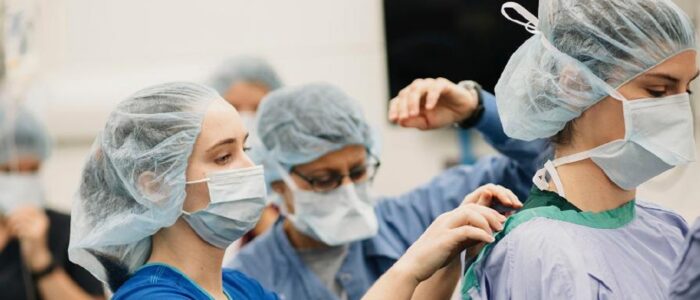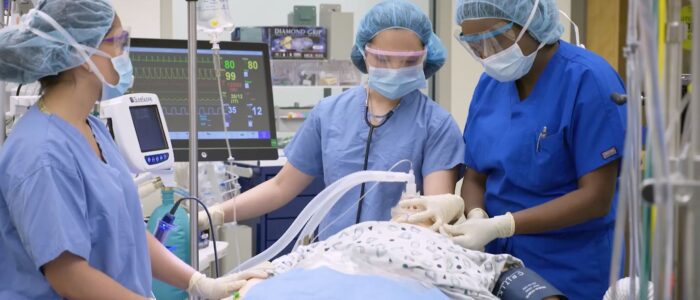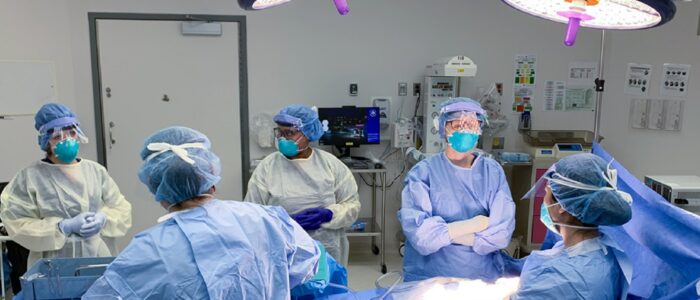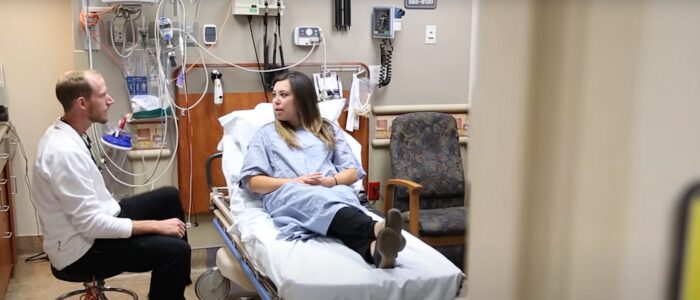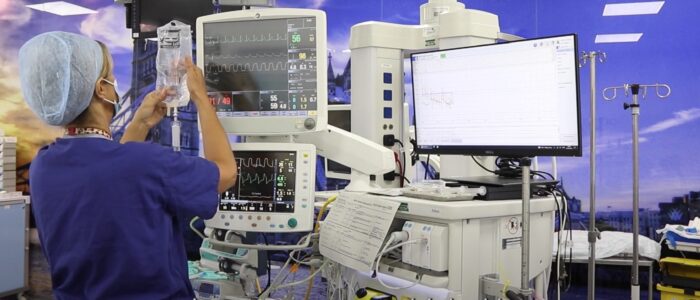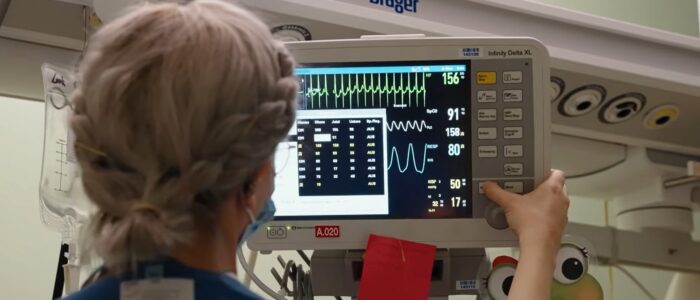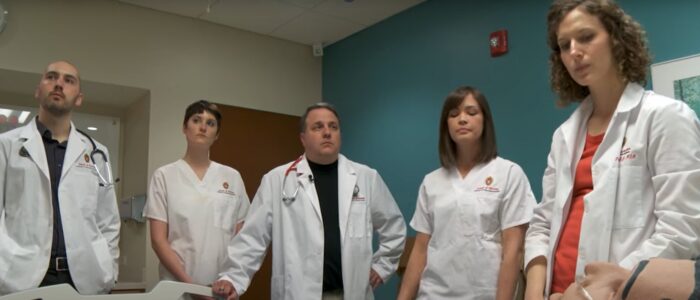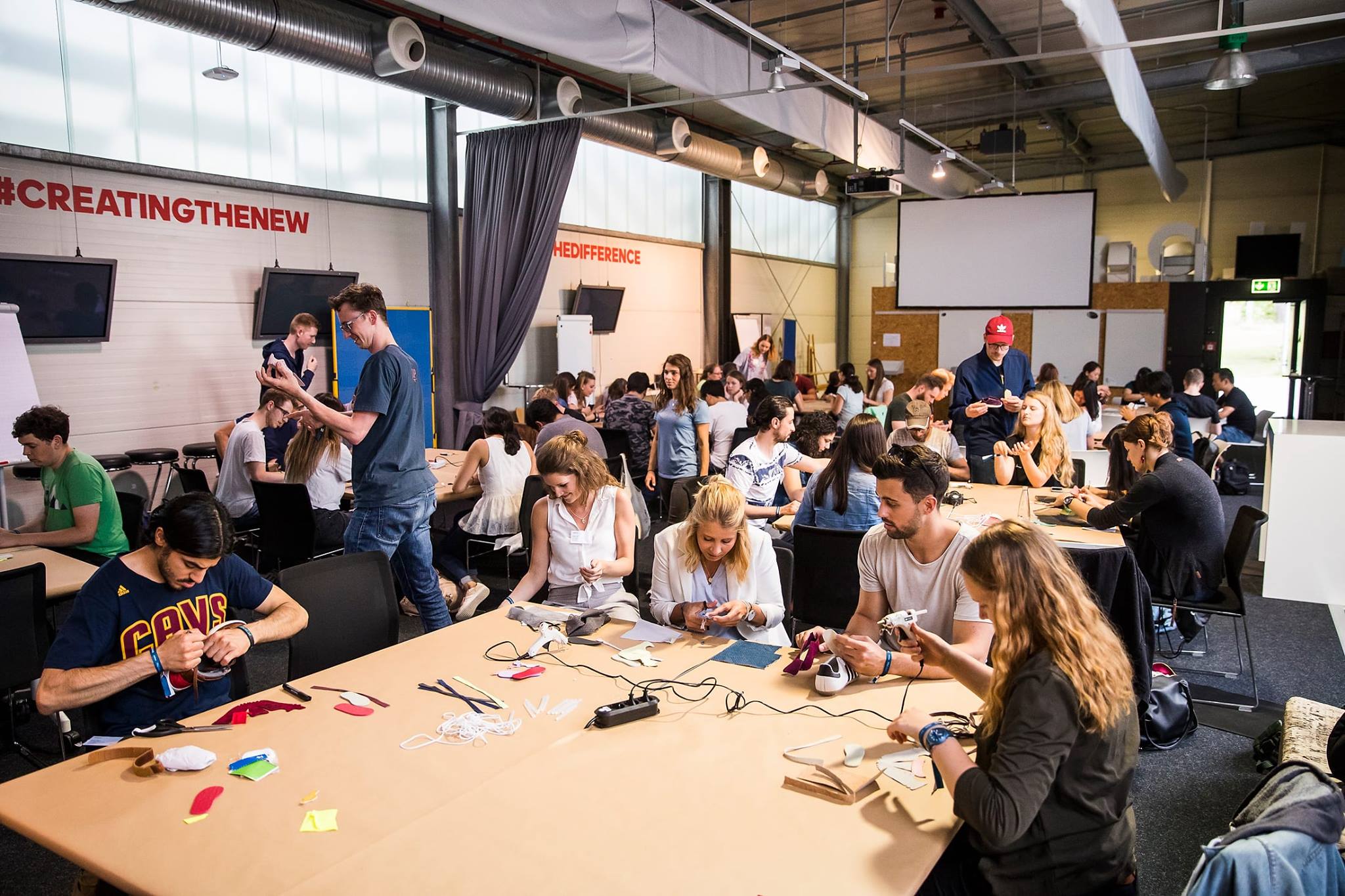Managing and Understanding Artificial Intelligence Solutions
Tag Archives: Germany
- Home
- Posts tagged "Germany" (Page 2)

Chanson de Nuit, Op. 15, No. 1
Sir Edward William Elgar (2 June 1857 – 23 February 1934) was an English composer, many of whose works have entered the British and international classical concert repertoire. Among his best-known compositions are orchestral works including the Enigma Variations, the Pomp and Circumstance Marches, concertos for violin and cello, and two symphonies. He was appointed Master of the King’s Musick in 1924.
Submissions are now open for the 4th International Audio Engineering Society Acoustics and Sound Reinforcement Conference!
Learn more and submit your paper now: https://t.co/ueFrLYr6Vx#AESorg #audioengineering #acoustics #soundreinforcement pic.twitter.com/zSnAgR8Chn
— Audio Engineering Society (@AESorg) July 13, 2023
Sports, Recreational Facilities & Equipment
Recreational sports, athletic competition, and the facilities that support it, are one of the most visible activities in any school, college or university in any nation. Enterprises of this kind have the same ambition for safety and sustainability at the same scale as the academic and healthcare enterprises.
According to IBISWorld Market Research, Sports Stadium Construction was a $6.1 billion market in 2014, Athletic & Sporting Goods Manufacturing was a $9.2 billion market in 2015, with participation in sports increasing 19.3 percent by 2019 — much of that originating in school, college and university sports and recreation programs. We refer you to more up to date information in the link below:
Sports & Athletic Field Construction Industry in the US – Market Research Report
We track leading practice discovery in titles released by International Standards Organization’s ISO/TC 83: Sports and other recreational facilities and equipment. The German Deutsches Institut für Normung (DIN) iss the global Secretariat and ASTM International as the US Technical Advisory Group Administrator.
From the ISO TC/83 prospectus:
BUSINESS PLAN | ISO/TC 83 Sports and recreational equipment | EXECUTIVE SUMMARY
Academic units in the US that want to offer their sports management or international studies students a front row seat on the technology and management of sport may want to participate in ISO/TC/83 business. To start, organizations within the United States may communicate directly with ASTM International, West Conshohocken, PA 19428-2959, Phone: (610) 832-9804. Contact: Joe Khoury (jkoury@astm.org).

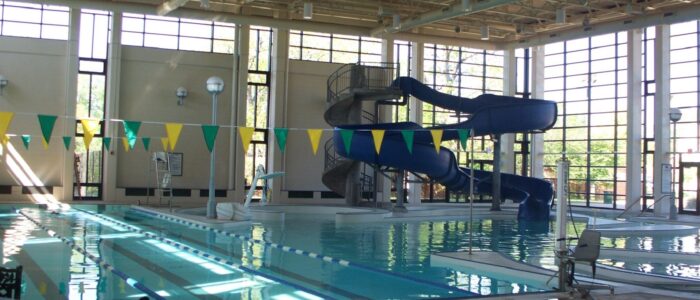






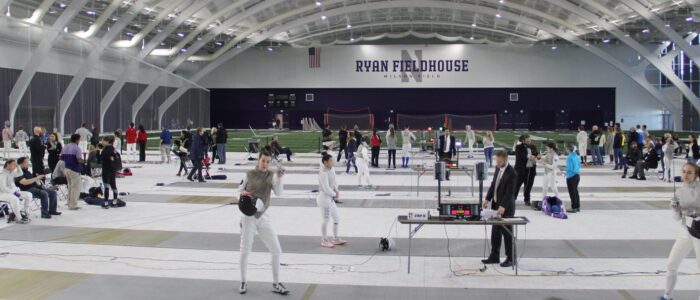

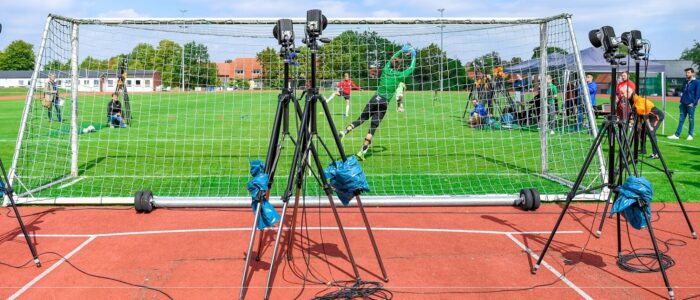


We refresh our understanding of the current status of best practice literature at least once per month during our Sport colloquia. See our CALENDAR for the next online meeting; open to everyone.
Issue: [19-46]
Category: Athletics and Recreation, International,
Contact: Mike Anthony, Jack Janveja, Christine Fischer
LEARN MORE:
International harmonized stage codes
Medical Practice Electrical equipment
International Electrotechnical Commission Technical Committee TC 62 prepares international standards and other publications concerning electrical equipment, electrical systems and software used in healthcare and their effects on patients, operators, other persons and the environment. As such the work of this parent committee — which has broad implications for comparatively cash-rich multi-national medical equipment manufacturers — coordinates the work of several subcommittees; listed below:
62A Common aspects of medical equipment, software and systems
62B Medical imaging equipment, software and systems
62C Equipment for radiotherapy, nuclear medicine and radiation dosimetry
62D Particular medical equipment, software and systems
Germany is Global the Secretariat. The Business Plan is linked below:
IEC TC 62 Strategic Business Plan 2021 February
The U.S National Committee of the International Electrotechnical Commission serves as the focal point for U.S parties who are interested in the development, promulgation, and use of globally relevant standards for the electrotechnical industry. The USNC is also engaged in the assessment of conformance to standards, undertaking work in areas such as testing, certification, and accreditation. Tony Zertuche is ANSI’s point person (zertuche@ansi.org) and we encourage you to communicate directly with Tony for the most up-to-date information.
We coordinate our response to the development of IEC titles in this domain with the IEEE Education & Healthcare Facilities Committee which meets 4 times monthly in European and American time zones. When there are Committee Draft for Votes released for public consultation (CDV) we coordinate our responses with experts active in IEEE globally.
Since the scope of this committee’s work involves products (in the main) we rank it in the middle of our priority tier. Our primary interest lies with interoperability standards, all the while recognizing that there is very little difference in the way education communities respond to IEC standard proposals than the way all other stakeholders would respond. At the risk of understatement medical research and clinical healthcare delivery are a large part of the revenue of many university systems so that is why we track these titles and others.
We maintain work flow of this committee on our Health, Electrical and Nursing colloquia. See our CALENDAR for the next online meeting; open to everyone.
International Electrotechnical Commission | CDV Consultations
23 November 2021
Earlier this year one of the subcommittees of International Electrotechnical Commission Technical Committee 62 (IEC TC/62) released a redline (candidate revision) for public consultation:
IEC 63120 ED1: Refurbishment of medical electrical equipment, medical electrical systems and sub-assemblies and reuse of components as part of the extended life-cycle.
We found similar concepts running through the literature among United States consensus product developers; notably the IEEE, NFPA and NEMA. Re-use, reconditioning, recycling of electrical equipment is a priority that can contribute to the safety and sustainability agenda of healthcare enterprises in education communities so we follow it; vigilant for excessive market-making by incumbent verticals.
The comment period lapsed on March 27th but we will likely see more action in the technical committees receiving proposals from vertical incumbents making markets in medical equipment replacement parts. We track development of this and other IEC titles on our provisional workspace*:
Collaborative Workspace for IEC Consensus Products
University affiliated medical research and healthcare delivery enterprises are large stakeholders in this domain so we keep pace by collaborating with other experts affiliated with the IEEE Education & Healthcare Facilities Committee (E&H) and the IEEE Engineering in Medicine & Biology Society.
We encourage our colleagues working in university-affiliated healthcare enterprises to interact directly with the IEC by setting up a Commenting Account to access the redline linked below:
Common aspects of electrical equipment used in medical practice equipment
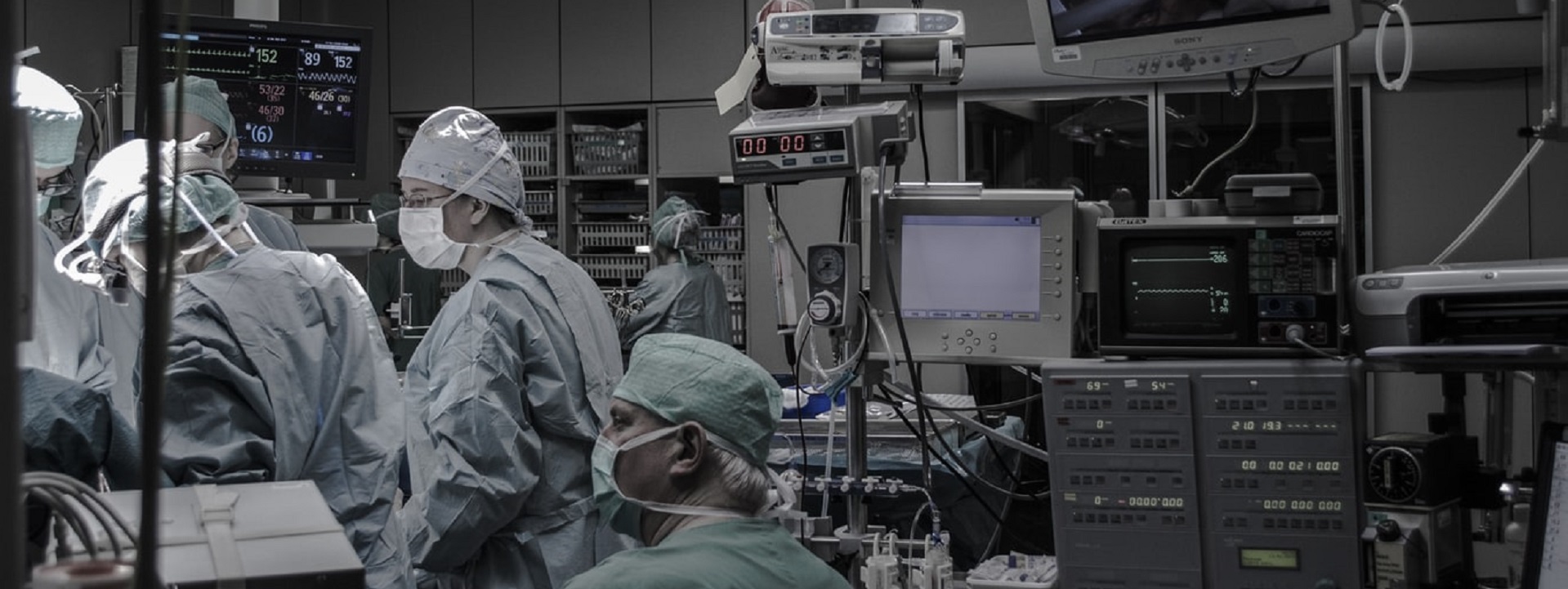



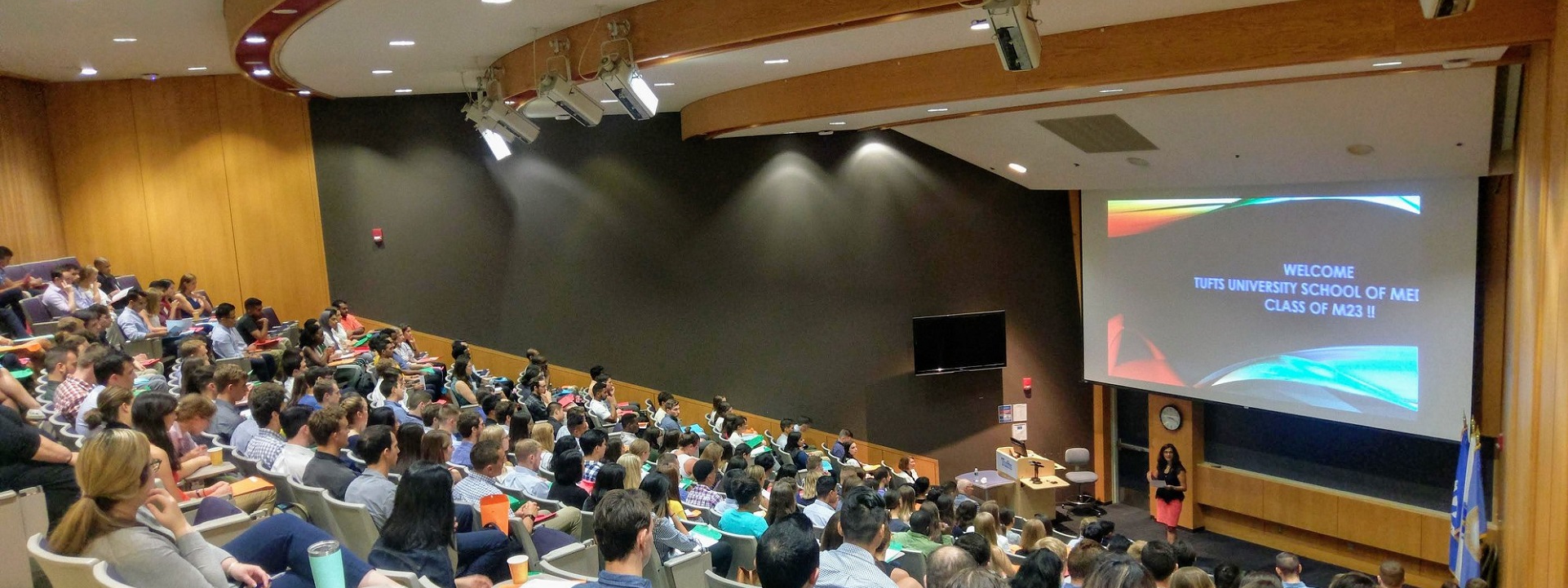
It is our custom to follow the lead of the the US National Committee to the International Electrotechnical Commission (USNA/IEC) primarily, though we have significant professional relationships with academic scholars in other nations through the IEEE Standards Association and the E&H Committee. We are happy to discuss any consensus product, any day at 11 AM Eastern time, however the expertise for responding to invitations for public comment like this is usually present during the E&H Committee meetings which take place four times monthly in European and American time zones.
Issue: [11-66]
Category: Electrical, Healthcare Facilities, International
Colleagues: Mike Anthony, Jim Harvey, Giuseppe Parise, Luigi Parise, Massimo Mitolo
*This is a carry-over workspace from the original University of Michigan facility standards enterprise — @StandardsUMich — and has been re-purposed for educational use and collaboration with the IEEE E&H Committee and the IEEE Engineering in Medical and Biology Society
LEARN MORE:
Amerikanische Mädchen probieren Döner!!
This content is accessible to paid subscribers. To view it please enter your password below or send mike@standardsmichigan.com a request for subscription details.
Zur Quantentheorie kontinuierlicher Spektren
This content is accessible to paid subscribers. To view it please enter your password below or send mike@standardsmichigan.com a request for subscription details.
Deep 3D Body Landmarks Estimation for Smart Garments Design
Deep 3D Body Landmarks Estimation for Smart Garments Design
Annalisa Baronetto, et. al
Chair of Digital Health | Friedrich-Alexander-Universität Erlangen-Nürnberg
Abstract: We propose a framework to automatically extract body landmarks and related measurements from 3D body scans and replace manual body shape estimation in fitting smart garments. Our framework comprises five steps: 3D scan acquisition and segmentation, 2D image conversion, extraction of body landmarks using a Convolutional Neural Network (CNN), back projection and mapping of extracted landmarks to 3D space, body measurements estimation and tailored garment generation. We trained and tested the algorithm on 3000 synthetic 3D body models and estimated body landmarks required for T-Shirt design. The results show that the algorithm can successfully extract 3D body landmarks of the upper front with a mean error of 1.01 cm and of the upper back with a mean error of 0.78 cm. We validated the framework the framework in automated tailoring of an electrocardiogram (ECG)-monitoring shirt based on the predicted landmarks. The ECG shirt can fit all evaluated body shapes with an average electrode-skin distance of 0.61 cm.
Narrowband Application in Intelligent Fire Protection System
New update alert! The 2022 update to the Trademark Assignment Dataset is now available online. Find 1.29 million trademark assignments, involving 2.28 million unique trademark properties issued by the USPTO between March 1952 and January 2023: https://t.co/njrDAbSpwB pic.twitter.com/GkAXrHoQ9T
— USPTO (@uspto) July 13, 2023
Standards Michigan Group, LLC
2723 South State Street | Suite 150
Ann Arbor, MI 48104 USA
888-746-3670


